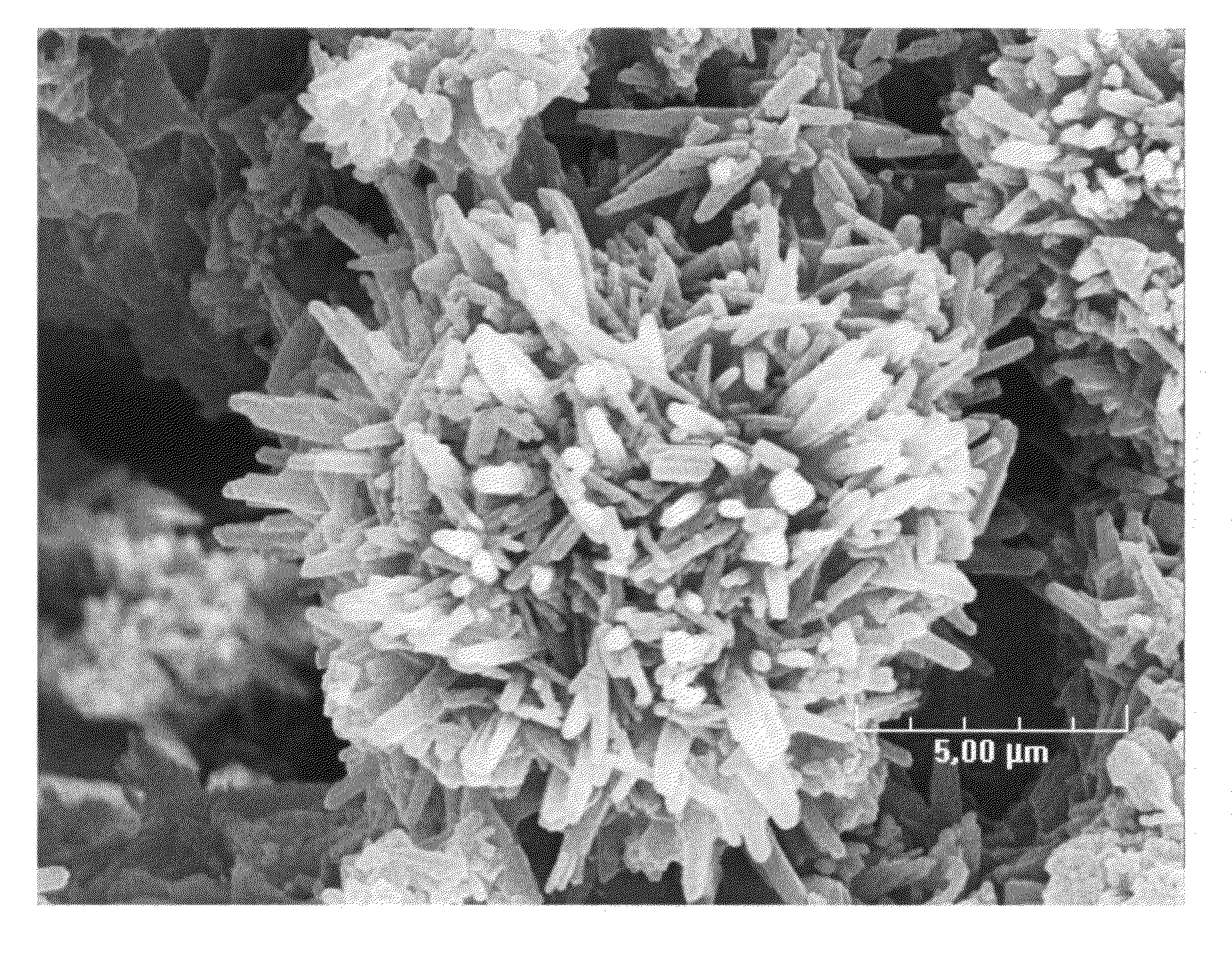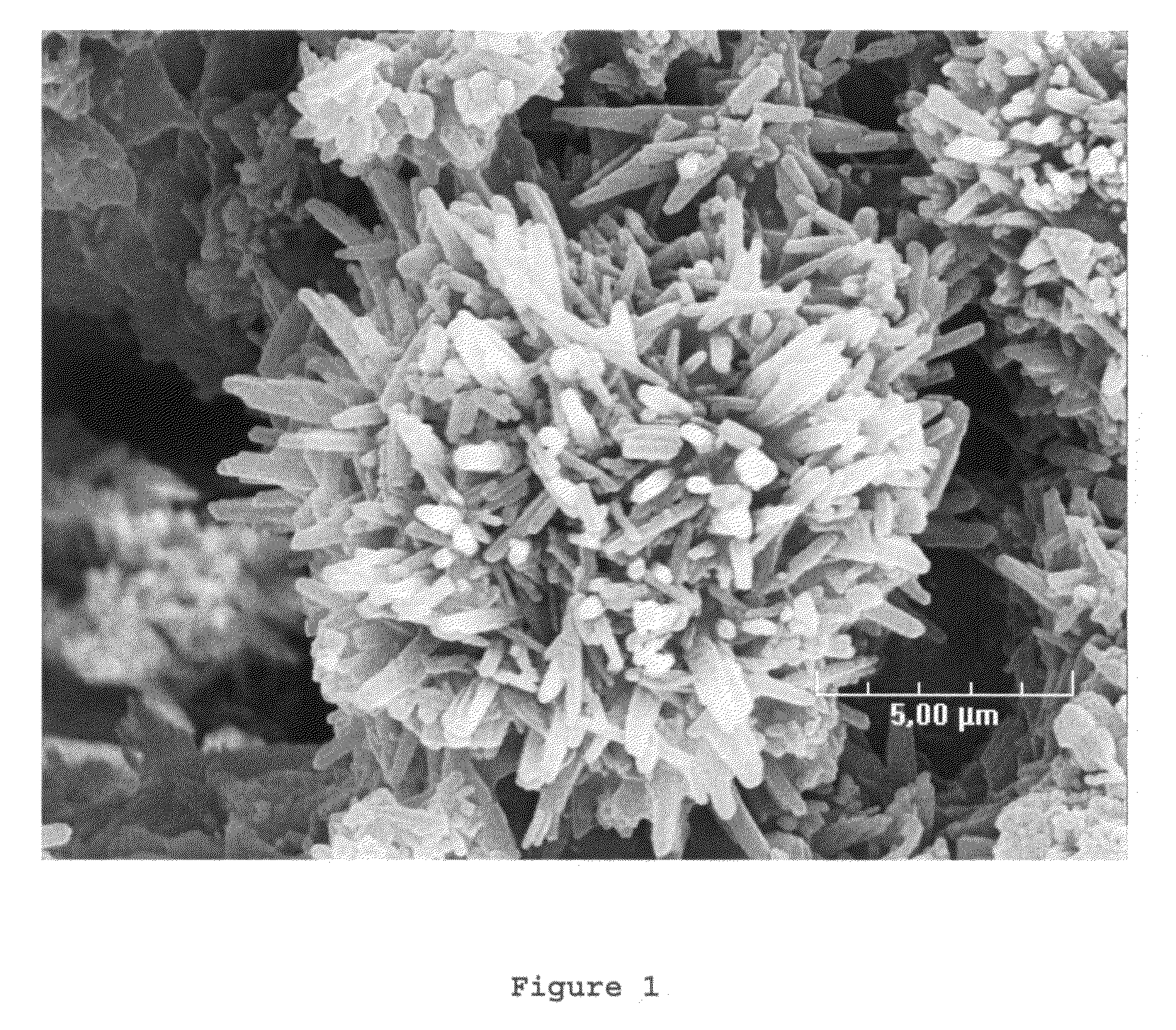Superhydrophobic gypsum boards and process for making same
a gypsum board, superhydrophobic technology, applied in the direction of building components, layered products, floors, etc., can solve the problems of affecting the sensitivity of gypsum boards to wet conditions, affecting the elasticity of cellulose-based liners, and affecting the elasticity of gypsum boards, etc., to achieve the effect of instilling mechanical strength, sustaining or enhancing hydrophobicity
- Summary
- Abstract
- Description
- Claims
- Application Information
AI Technical Summary
Benefits of technology
Problems solved by technology
Method used
Image
Examples
example
[0132]The following example illustrates the invention without limiting it.
Coating Compositions
[0133]Different coating compositions were prepared:
[0134]Coating C:[0135]mixing 4 g sodium oleate (Sigma, grade 95%) with 198 g deionized water;[0136]adding the sodium oleate solution to 200 g calcium carbonate (Sturcal H, supplied by Specialty minerals Lifford);[0137]mixing well and adding 120 g of a latex dispersion during the mixing (prepared with 60 g of dry latex supplied by BASF under reference Acronal S790).
[0138]Coating D:[0139]mixing 4 g sodium oleate (Sigma, grade 95%) with 198 g deionized water;[0140]adding the sodium oleate solution to 200 g calcium carbonate (Sturcal H, supplied by Specialty minerals Lifford) previously ground;[0141]mixing well and adding 120 g of a latex dispersion during the mixing (prepared with 60 g of dry latex supplied by BASF under reference Acronal S790).
[0142]Coating E (Comparative Example):[0143]mixing 4 g sodium oleate (Sigma, grade 95%) with 198 g d...
PUM
| Property | Measurement | Unit |
|---|---|---|
| BET specific surface area | aaaaa | aaaaa |
| wt % | aaaaa | aaaaa |
| wt % | aaaaa | aaaaa |
Abstract
Description
Claims
Application Information
 Login to View More
Login to View More - R&D
- Intellectual Property
- Life Sciences
- Materials
- Tech Scout
- Unparalleled Data Quality
- Higher Quality Content
- 60% Fewer Hallucinations
Browse by: Latest US Patents, China's latest patents, Technical Efficacy Thesaurus, Application Domain, Technology Topic, Popular Technical Reports.
© 2025 PatSnap. All rights reserved.Legal|Privacy policy|Modern Slavery Act Transparency Statement|Sitemap|About US| Contact US: help@patsnap.com


